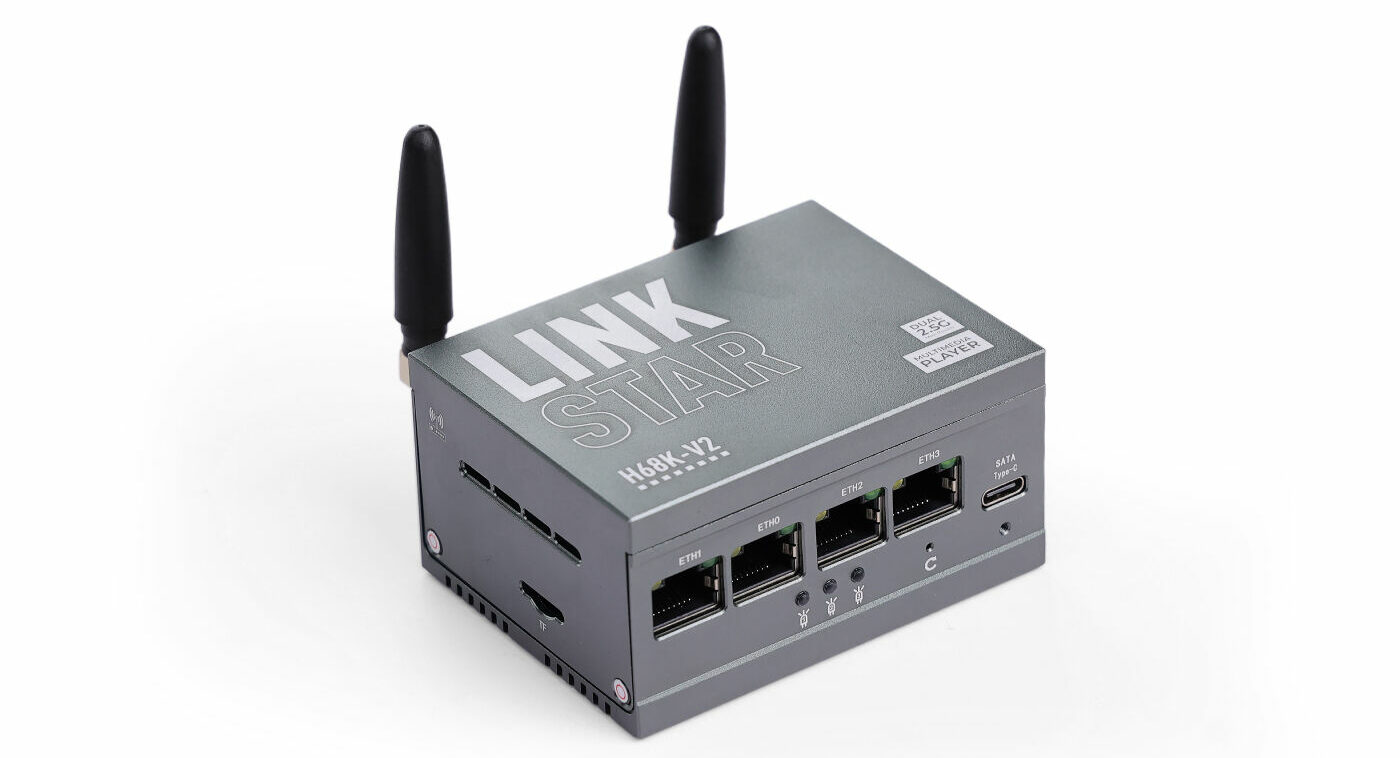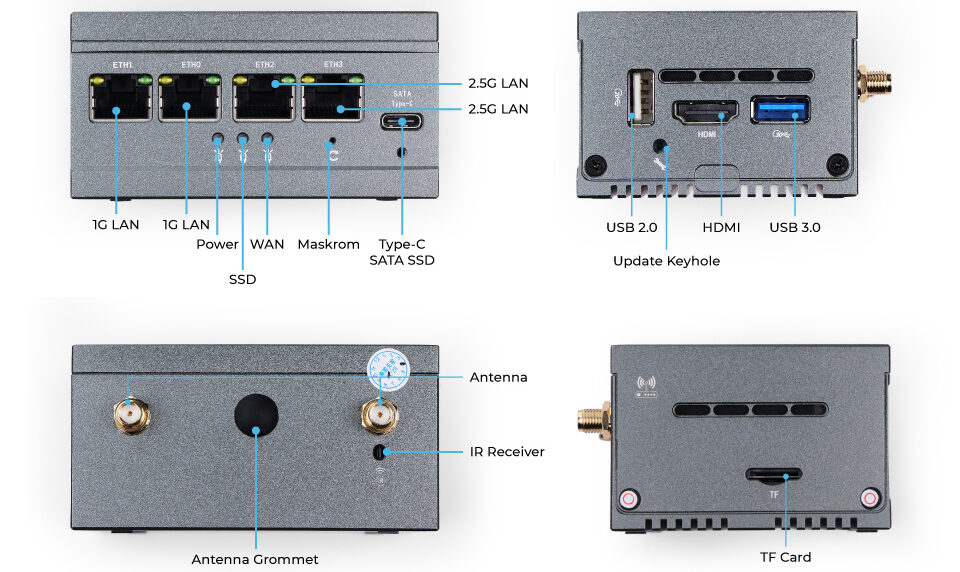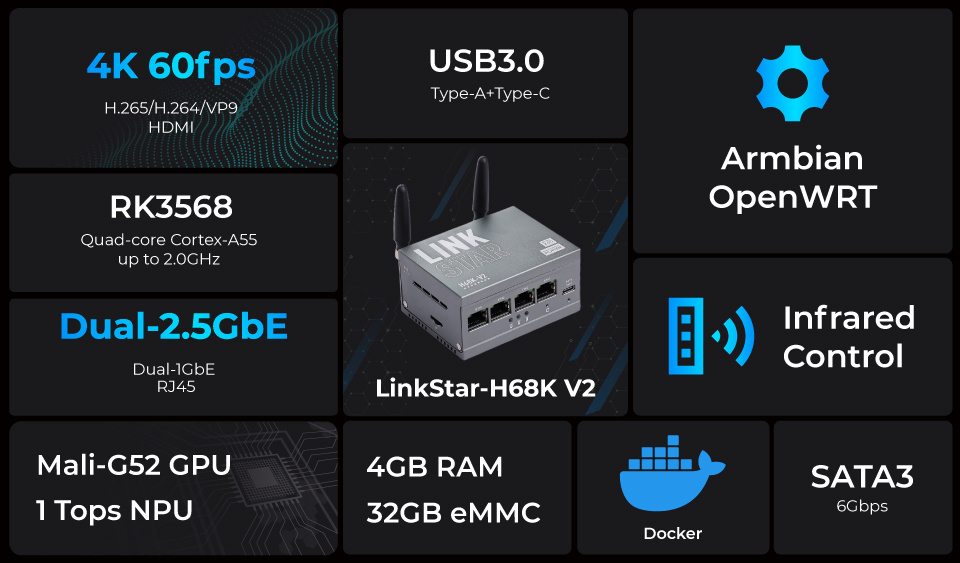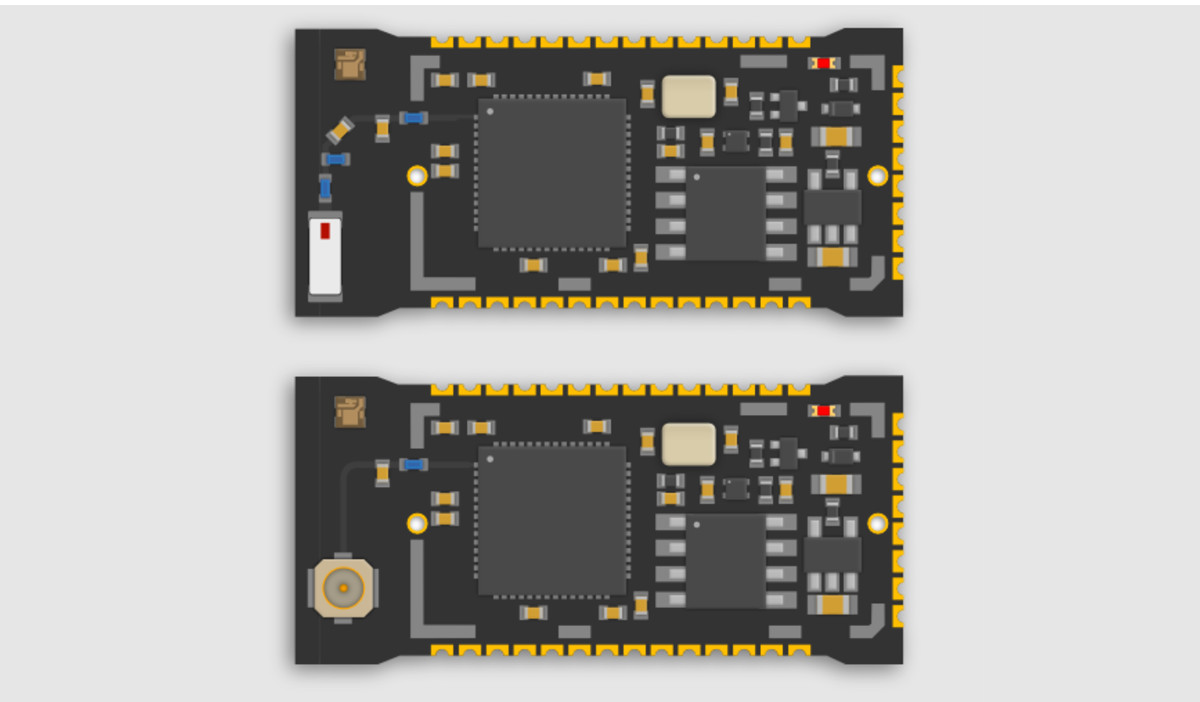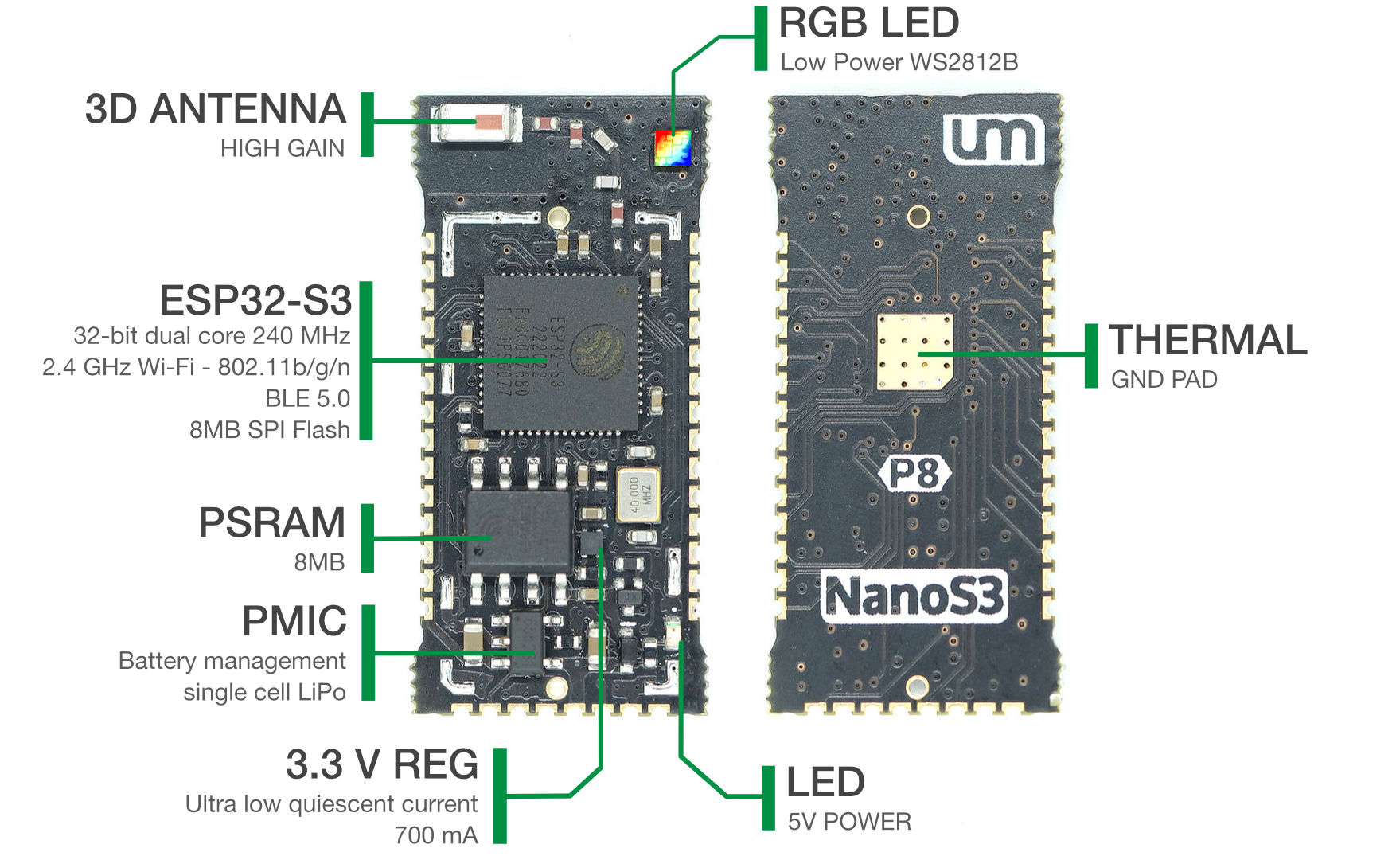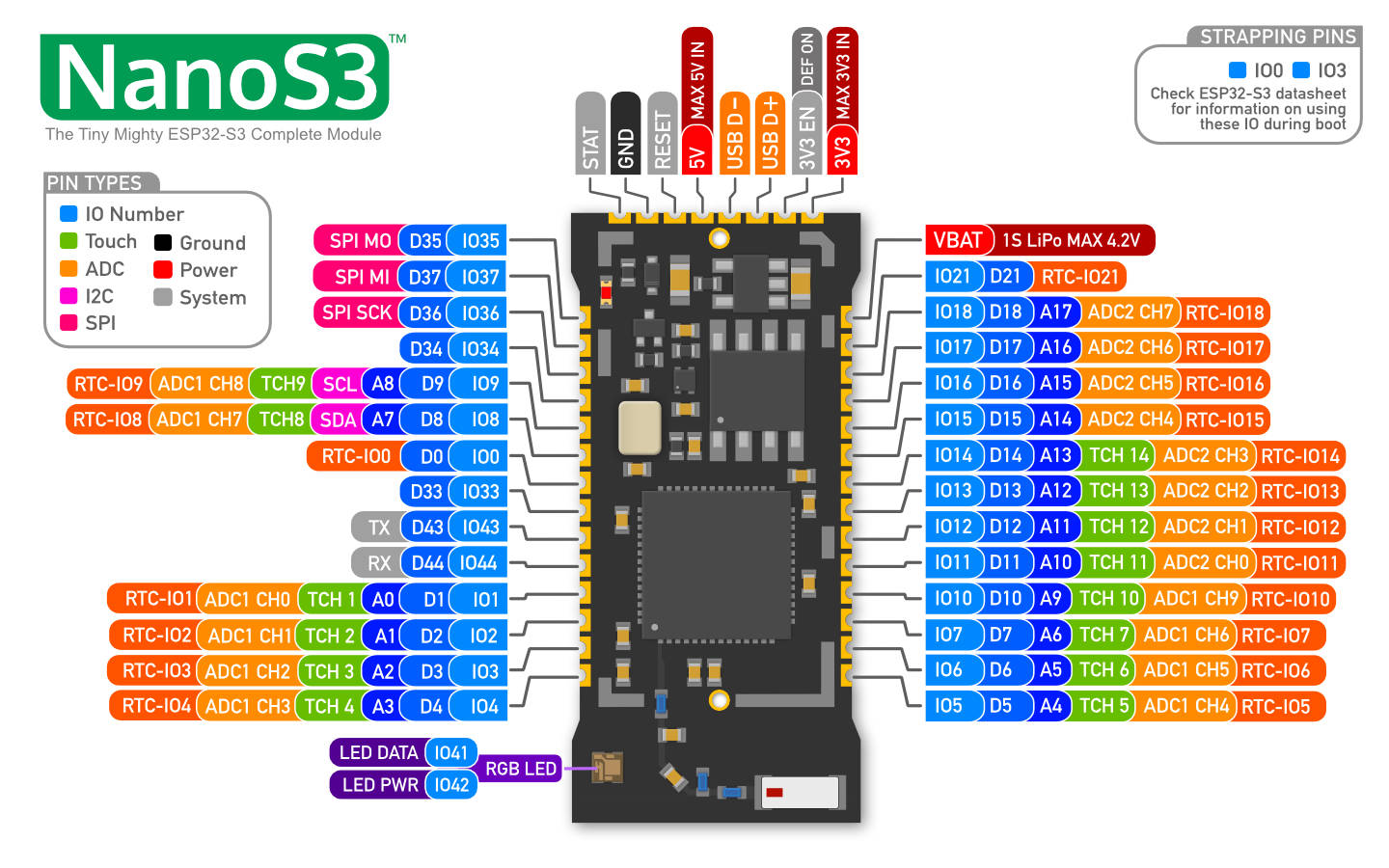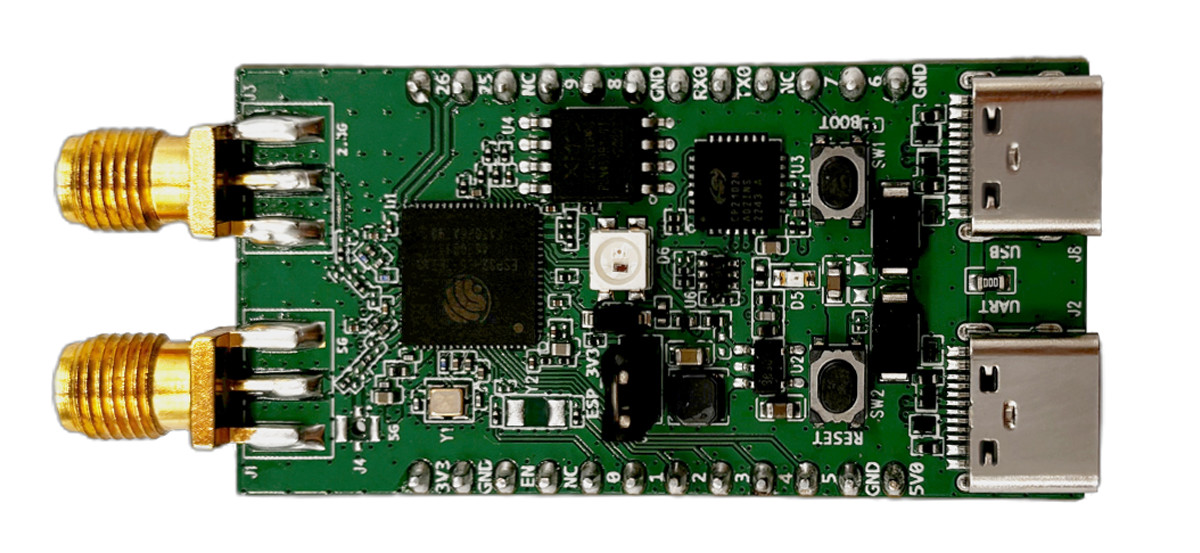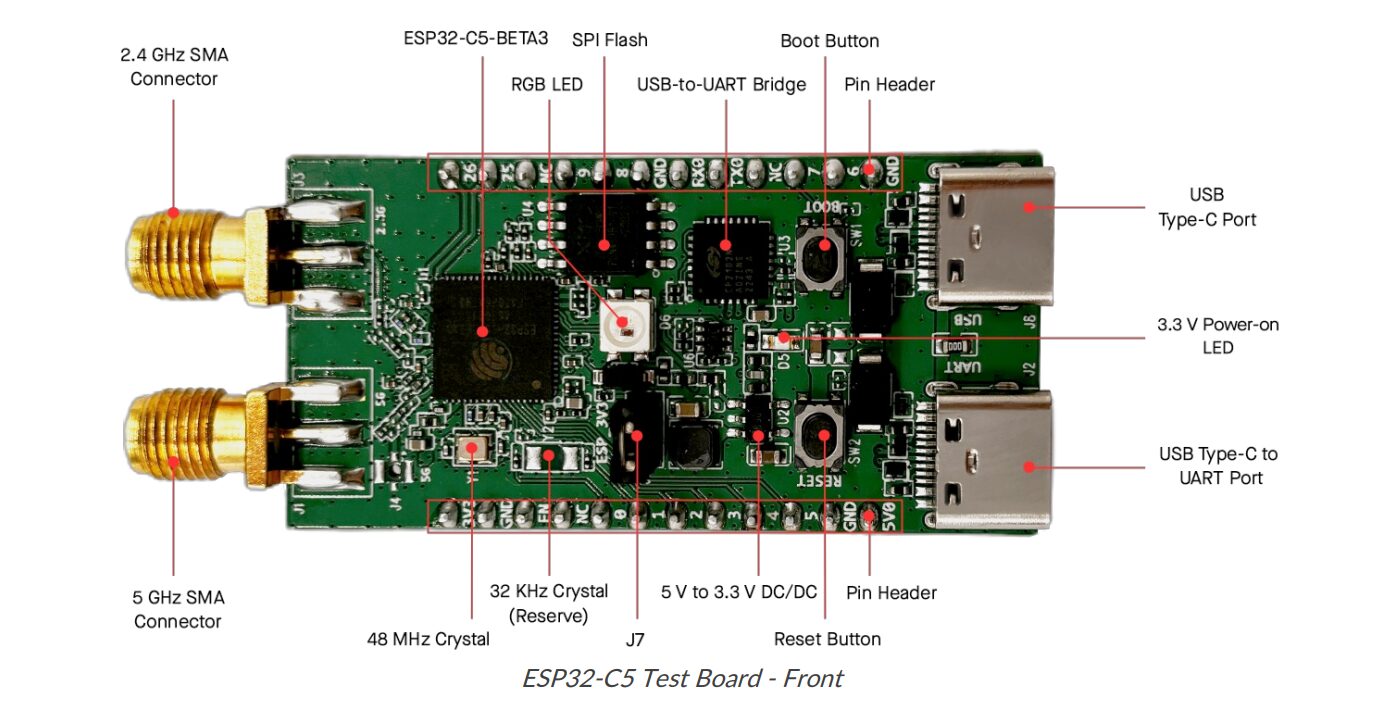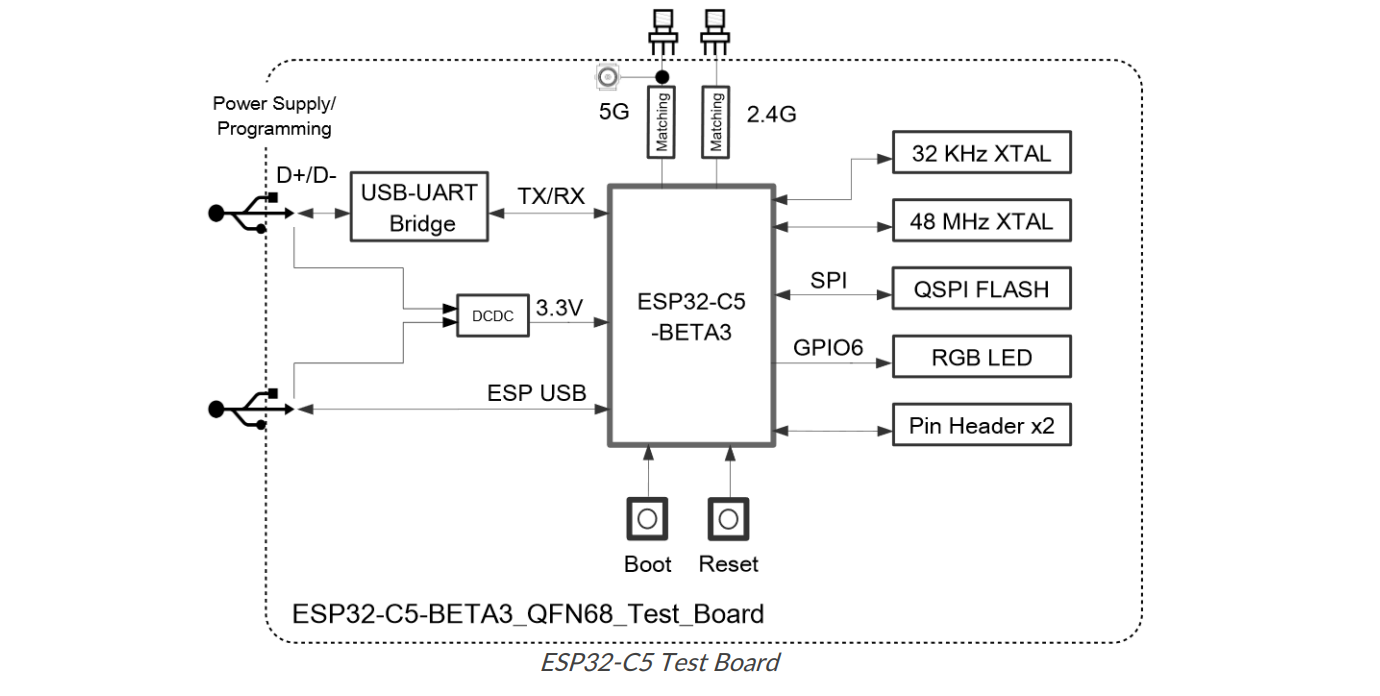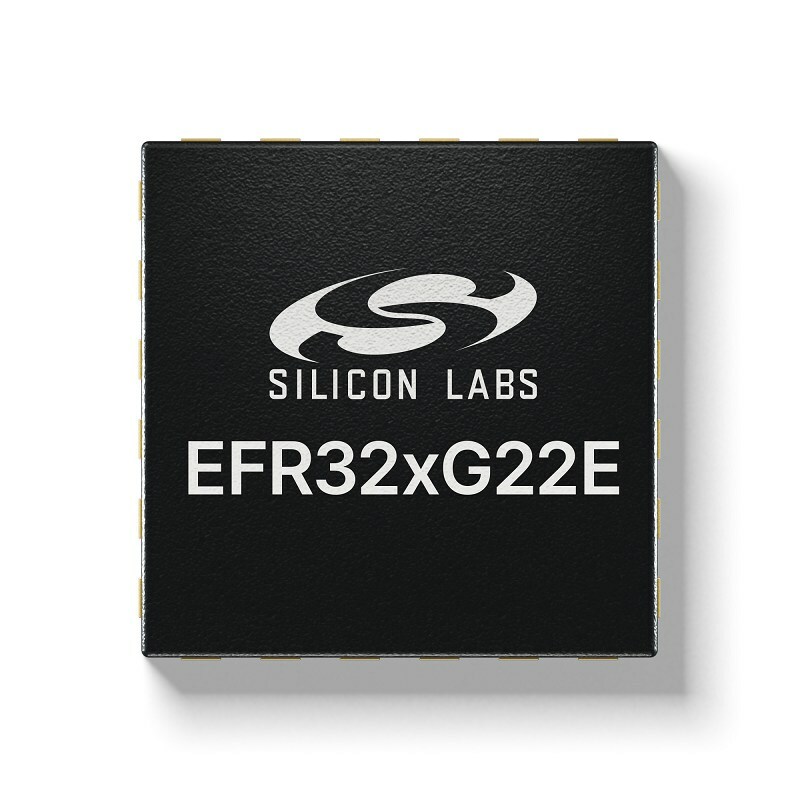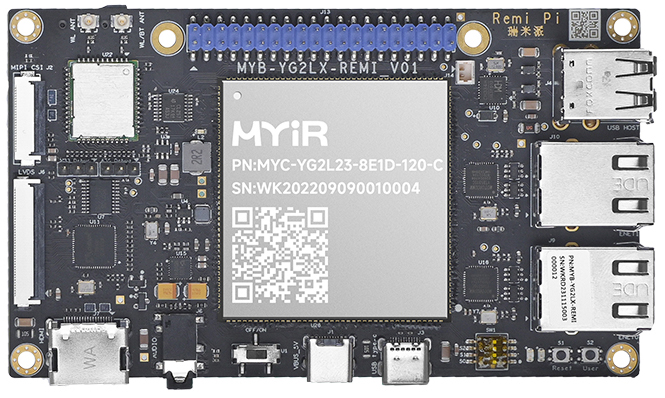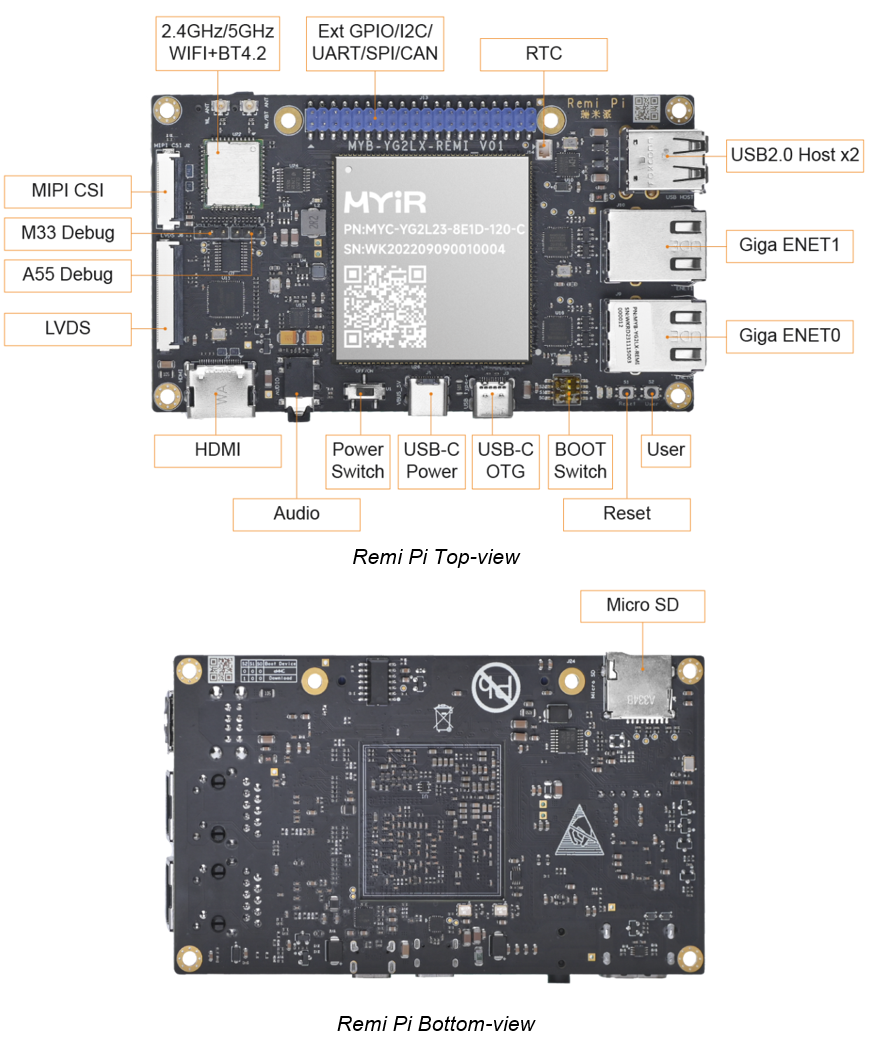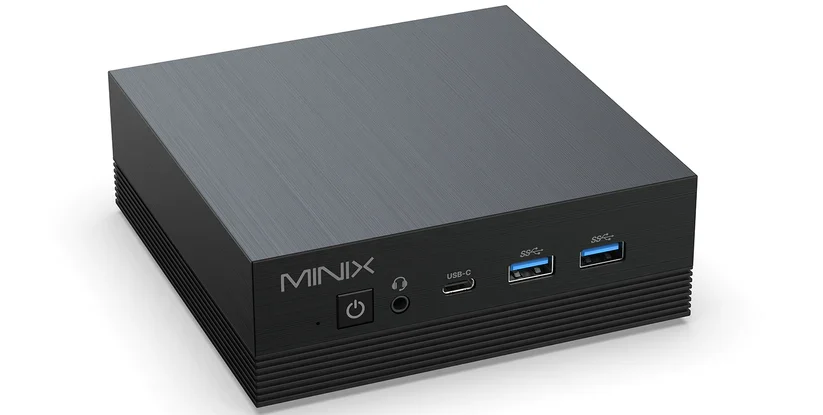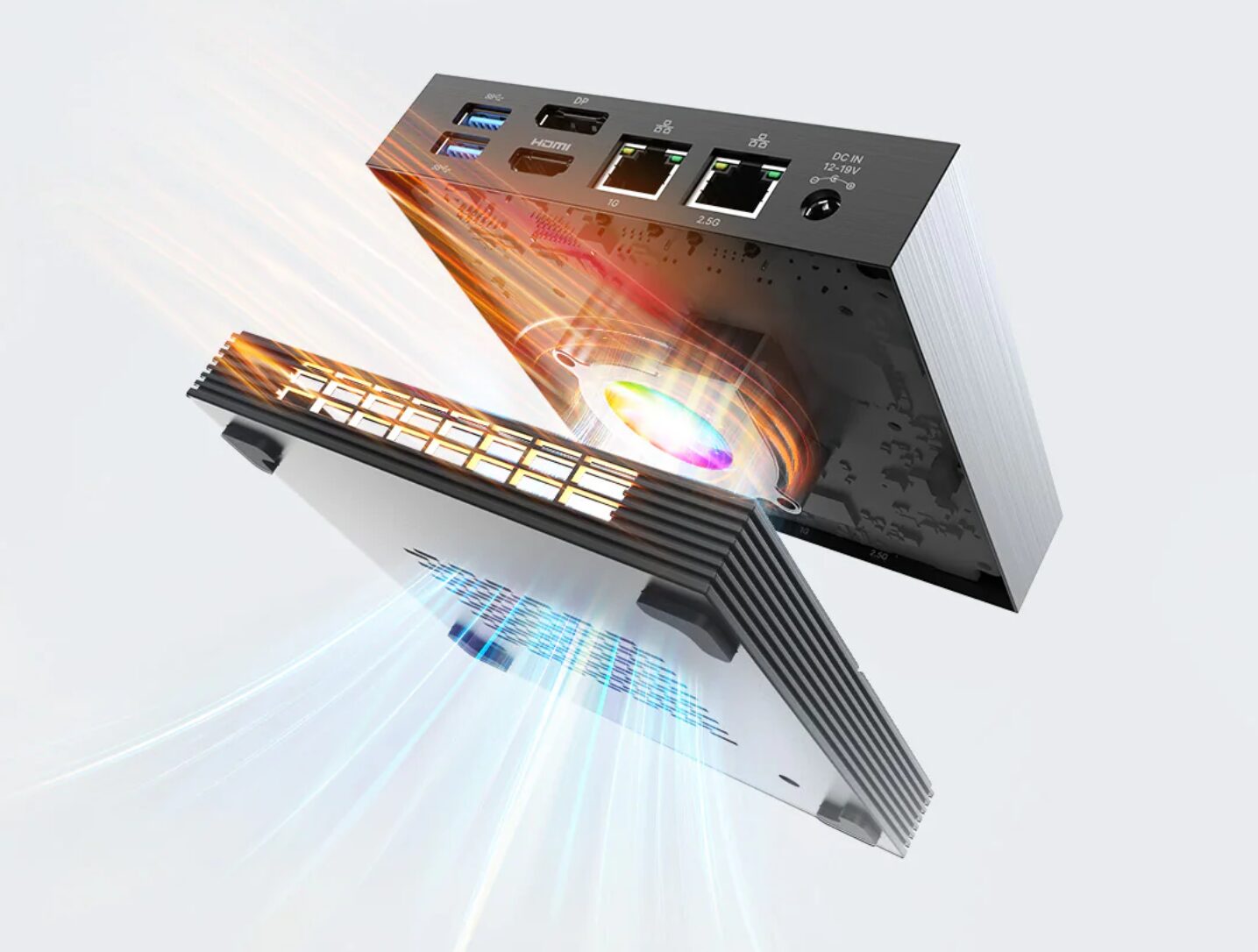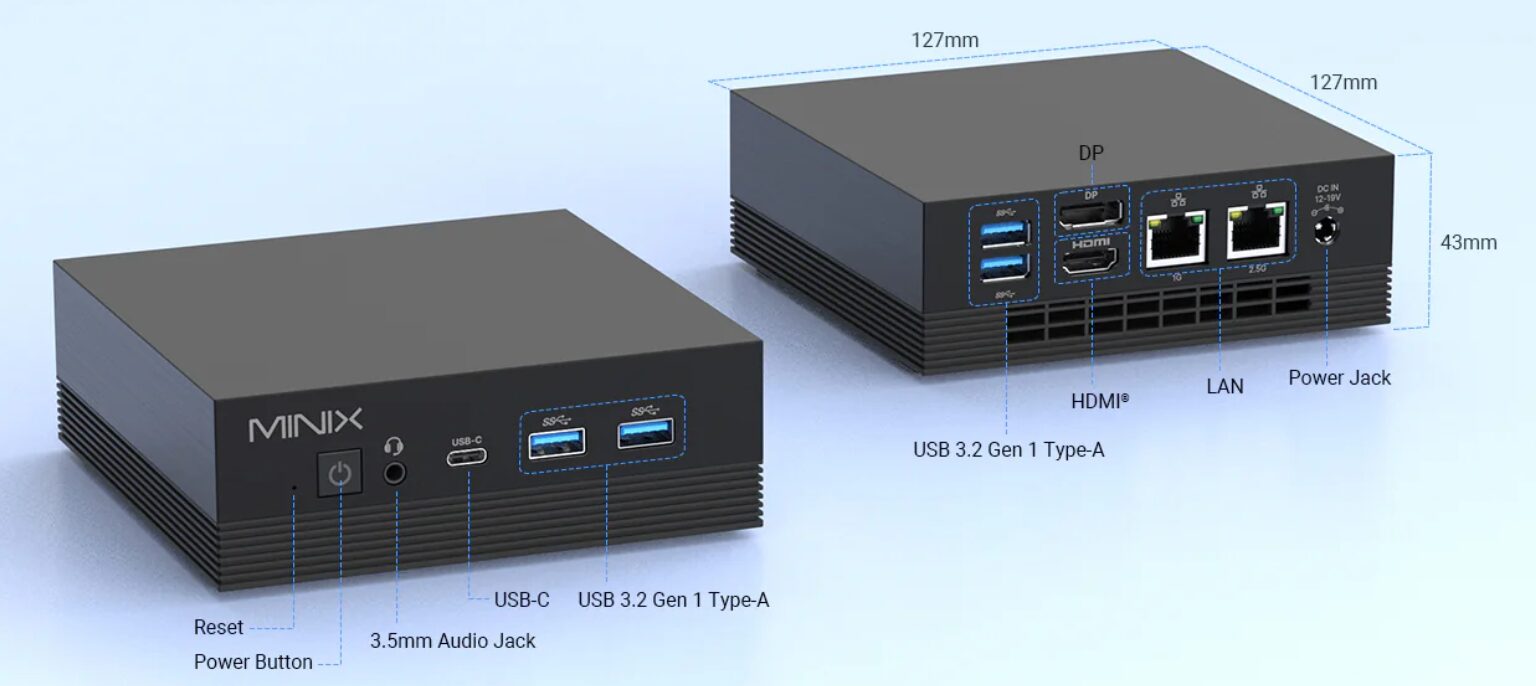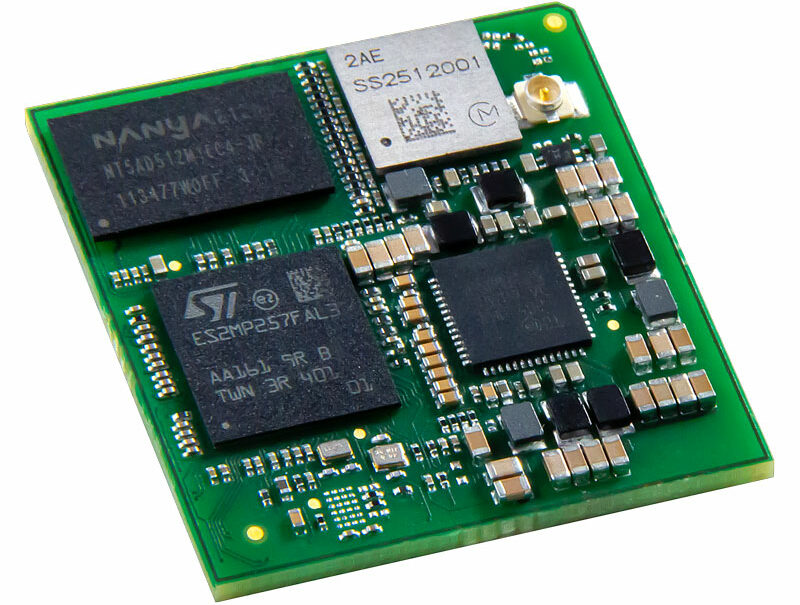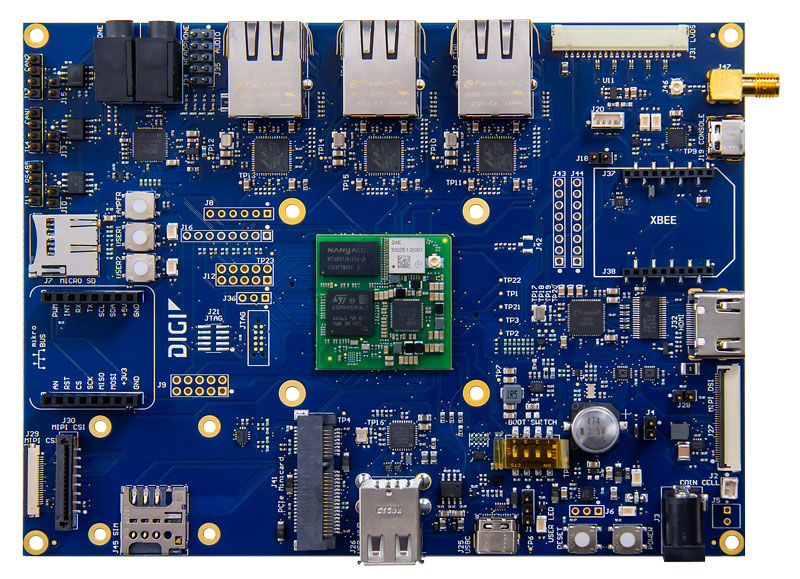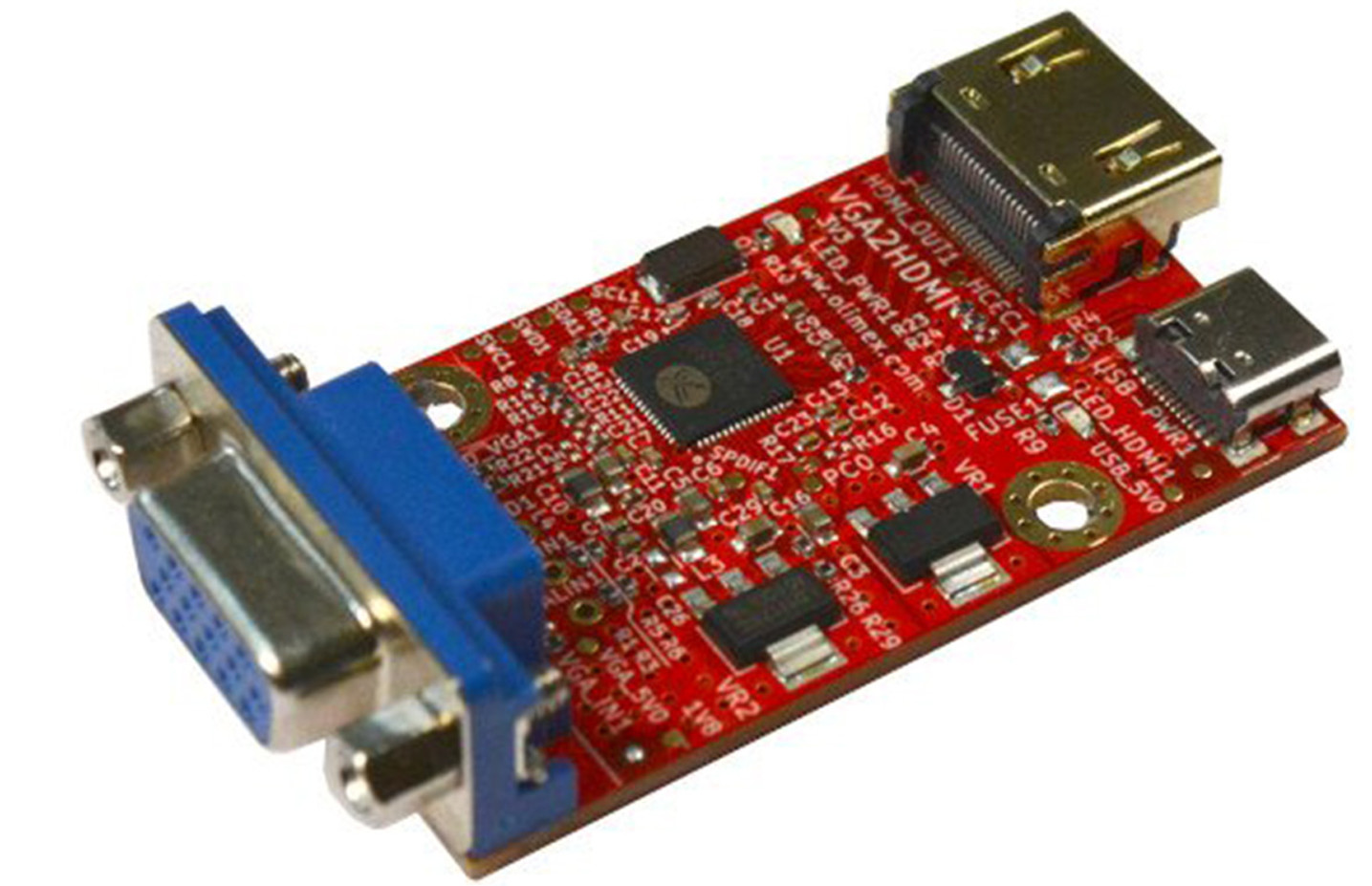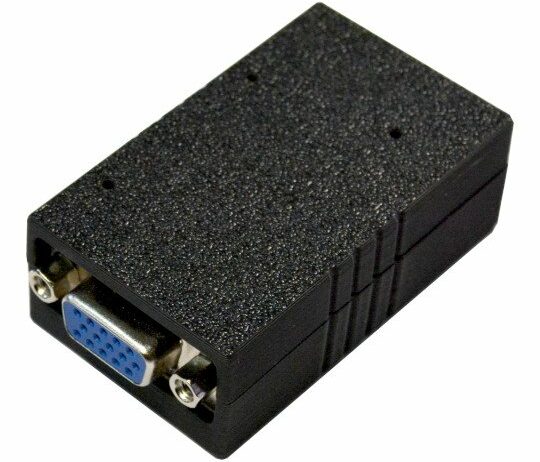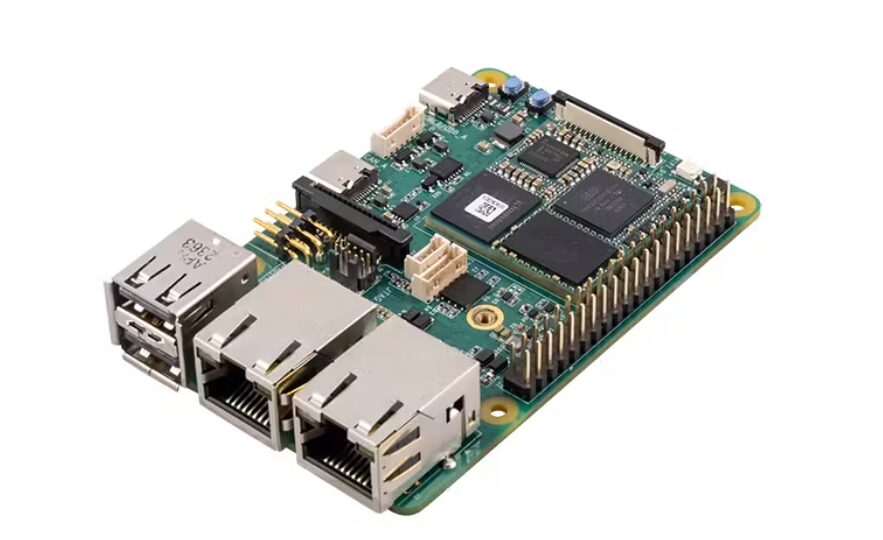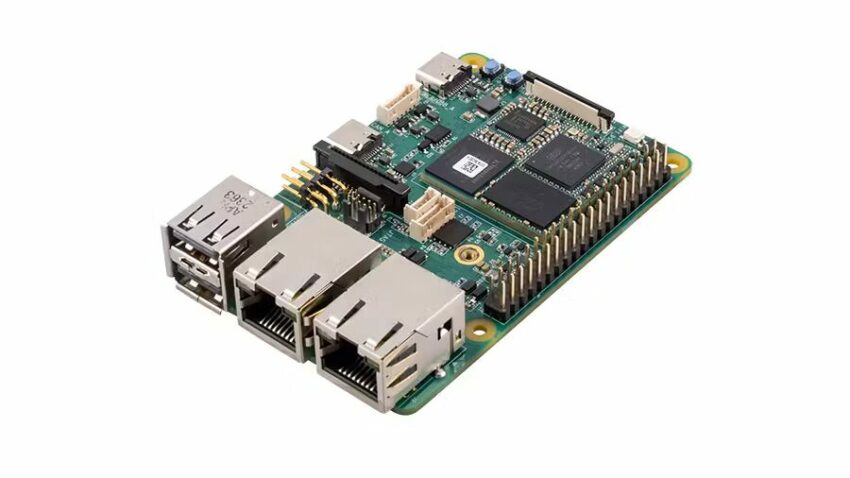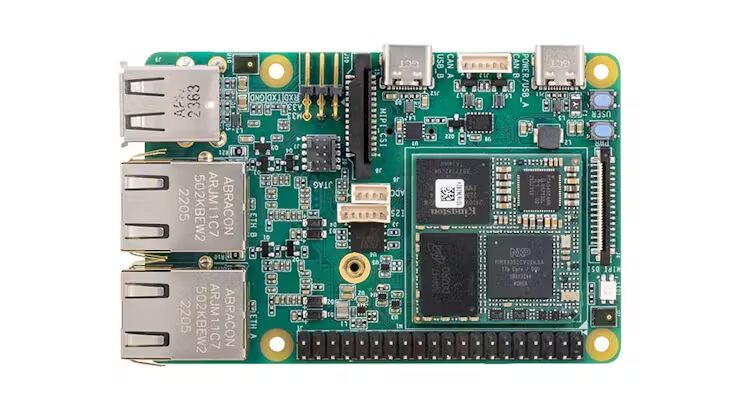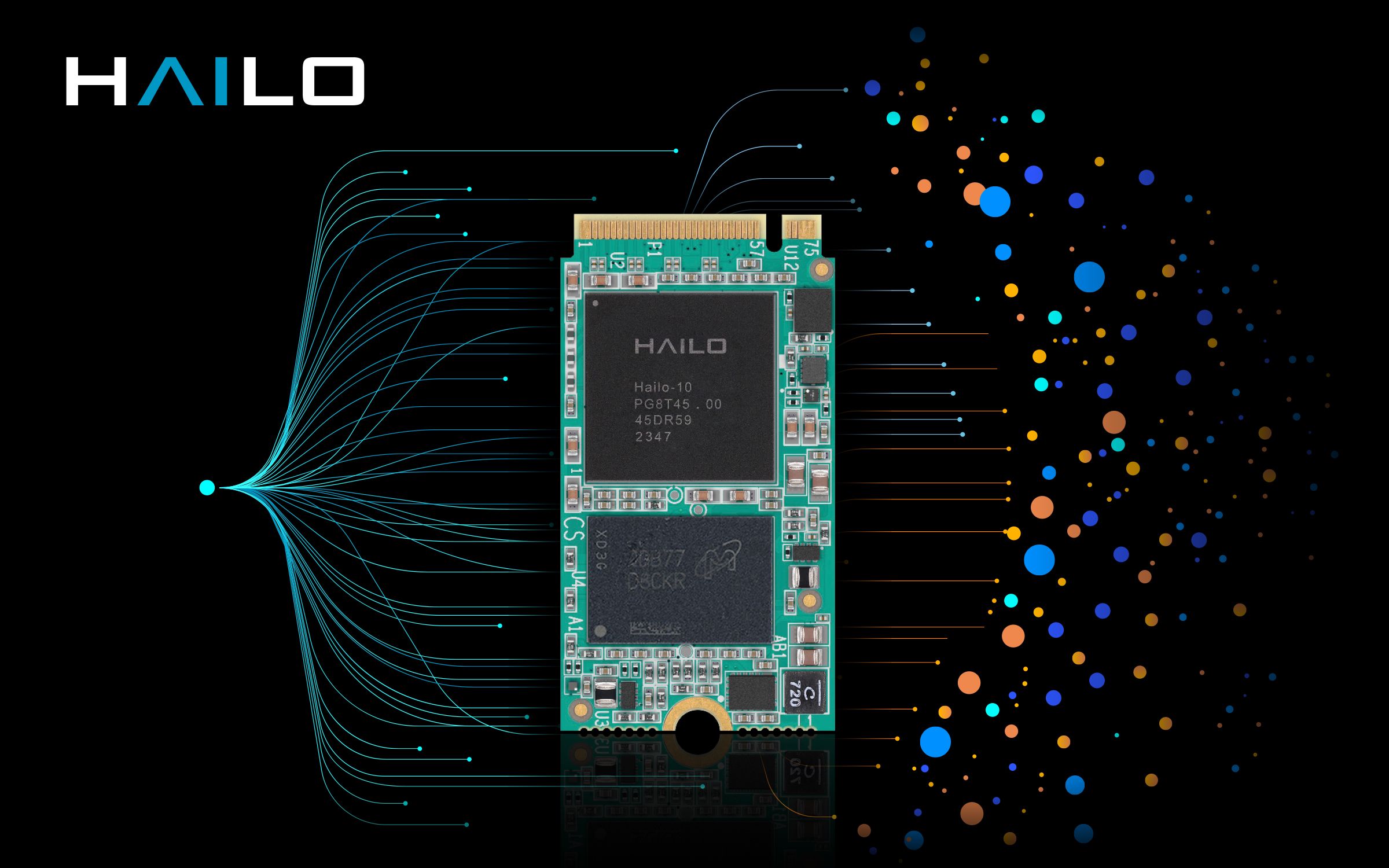
Hailo’s funding now exceeds $340 million as the company introduces its newest AI accelerator specifically designed to process LLMs at low power consumption for the personal computer and automotive industries, bringing generative AI to the edge.
Hailo, the pioneering chipmaker of edge artificial intelligence (AI) processors, today announced it has extended its series C fundraising round with an additional investment of $120 million. At the same time, the company announced the introduction of its innovative Hailo-10 high-performance generative AI (GenAI) accelerators that usher in an era where users can own and run GenAI applications locally without registering to cloud-based GenAI services.
The new funding round was led by current and new investors including the Zisapel family, Gil Agmon, Delek Motors, Alfred Akirov, DCLBA, Vasuki, OurCrowd, Talcar, Comasco, Automotive Equipment (AEV), and Poalim Equity. To date the company has raised more than $340 million.
“The closing of our new funding round enables us to leverage all the exciting opportunities in our pipeline, while setting the stage for our long-term future growth. Together with the introduction of our Hailo-10 GenAI accelerator, it strategically positions us to bring classic and generative AI to edge devices in ways that will significantly expand the reach and impact of this remarkable new technology,” said Hailo CEO and Co-Founder Orr Danon. “We designed Hailo-10 to seamlessly integrate GenAI capabilities into users’ daily lives, freeing users from cloud network constraints. This empowers them to utilize chatbots, copilots, and other emerging content generation tools with unparalleled flexibility and immediacy, enhancing productivity and enriching lives,” he emphasized.
Hailo-10: Generative AI at the Edge
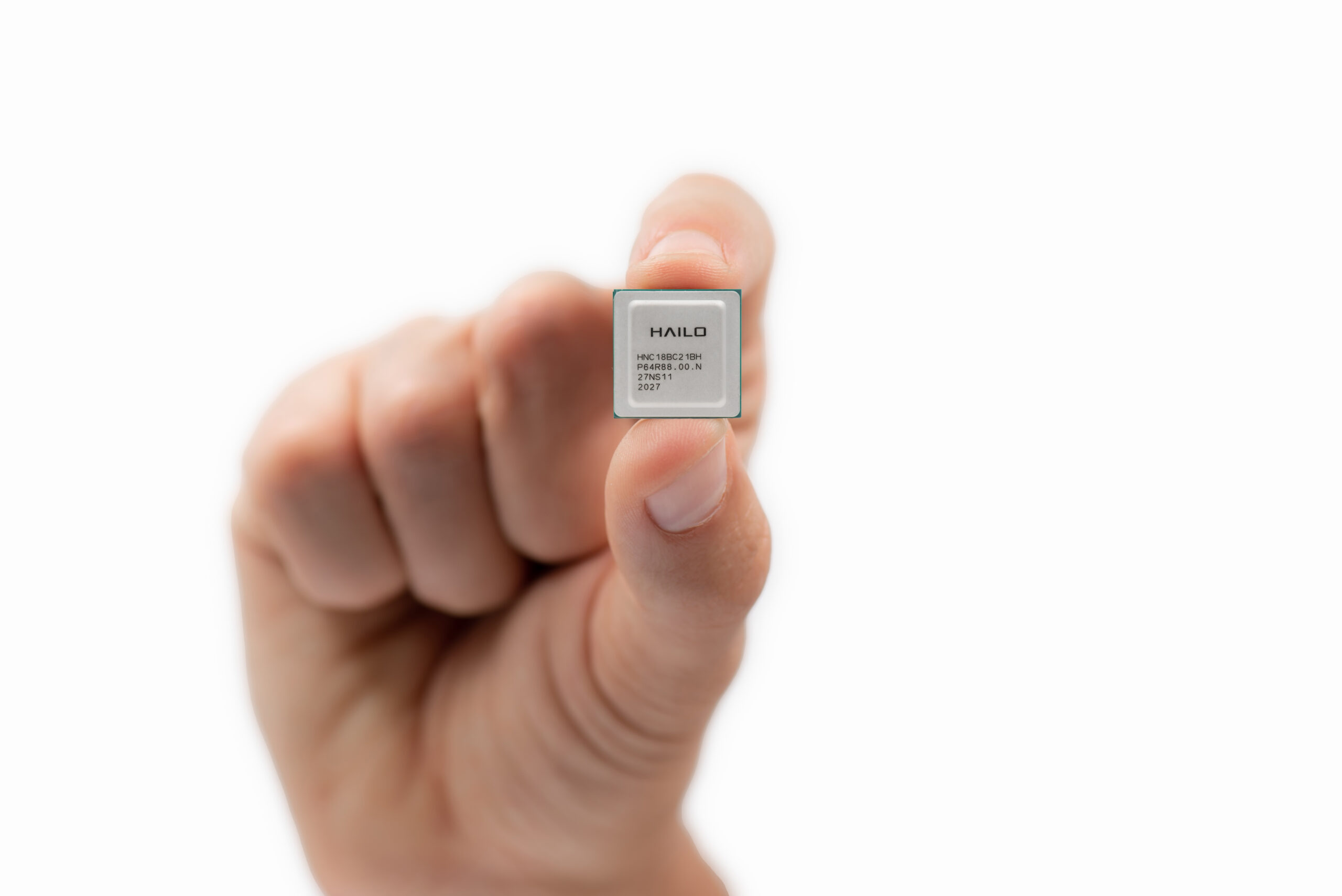
The new Hailo-10 GenAI accelerator enables a whole spectrum of applications that maintain Hailo’s leadership in both performance-to-cost ratio and performance-to-power consumption ratio. Hailo-10 leverages the same comprehensive software suite used across the Hailo-8 AI accelerators and the Hailo-15 AI vision processors, enabling seamless integration of AI capabilities across multiple edge devices and platforms.
Enabling GenAI at the edge ensures continuous access to GenAI services, regardless of network connectivity; obviates network latency concerns, which can otherwise impact GenAI performance; promotes privacy by keeping personal information anonymized and enhances sustainability by reducing reliance on the substantial processing power of cloud data centers.
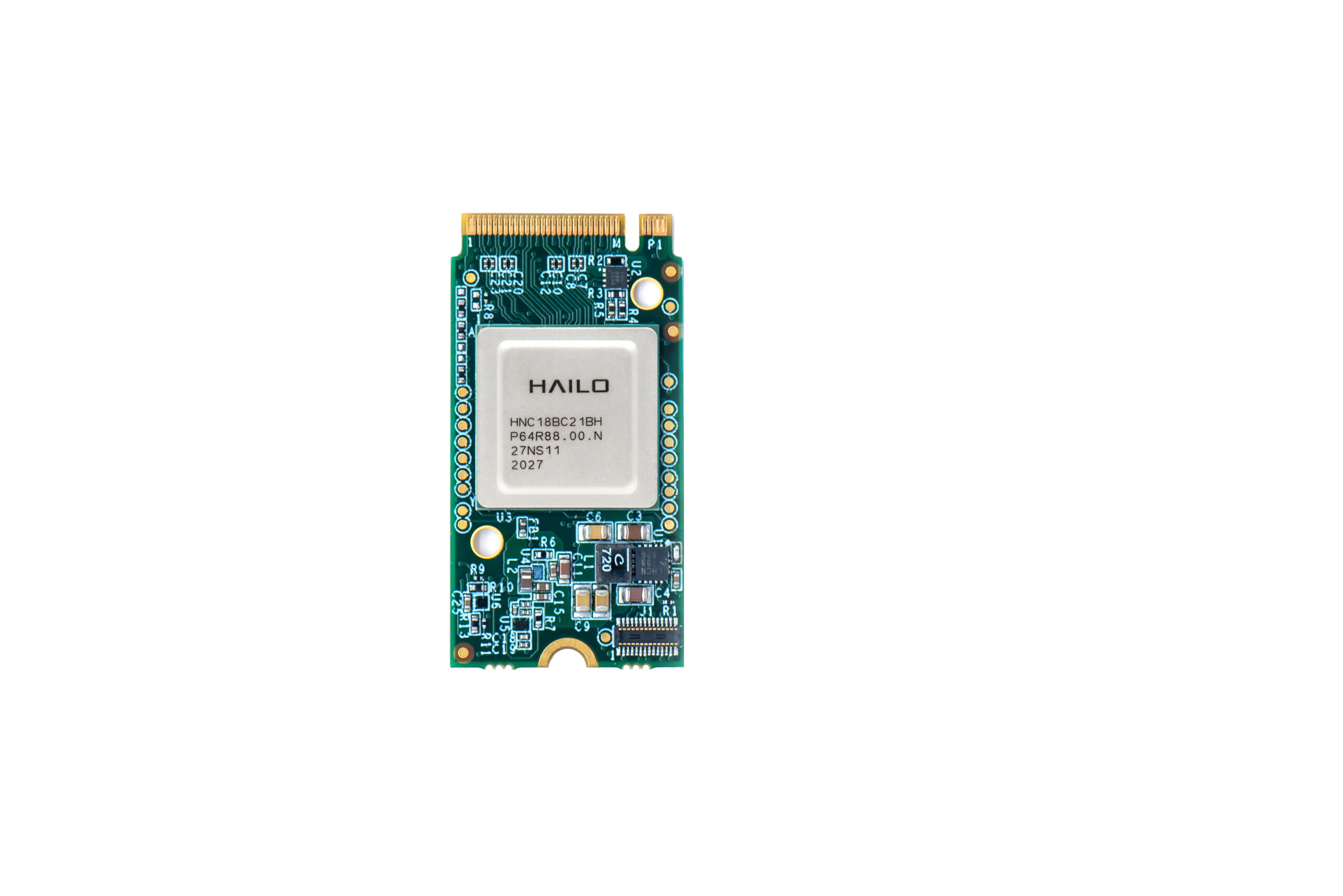
By unlocking the power of GenAI on edge devices, such as personal computers, smart vehicles, and commercial robots, Hailo-10 allows users to completely own their GenAI experiences, making them an integral part of their daily routine. Hailo accomplishes this immersive GenAI experience through a Hailo-10 architecture that supports maximum GenAI performance with minimum required power.
“As GenAI on the edge becomes immersive, the focus turns to handling large LLMs in the smallest possible power envelope — essentially less than five watts,” Danon continued.
Among popular GenAI platforms, Hailo-10 can run Llama2-7B with up to 10 tokens per second (TPS) at under 5W of power. In processing Stable Diffusion 2.1, a popular model that produces images from text prompts, Hailo-10 is rated at under 5 seconds per image in the same ultra-low power envelope.
Hailo-10 is capable of up to 40 TOPS (tera operations per second), a new performance standard for edge AI accelerators. Hailo-10 is faster and more energy efficient than integrated neural processing unit (NPU) solutions and delivers at least 2X more performance at half the power of Intel’s Core Ultra NPU, according to recently published benchmarks.
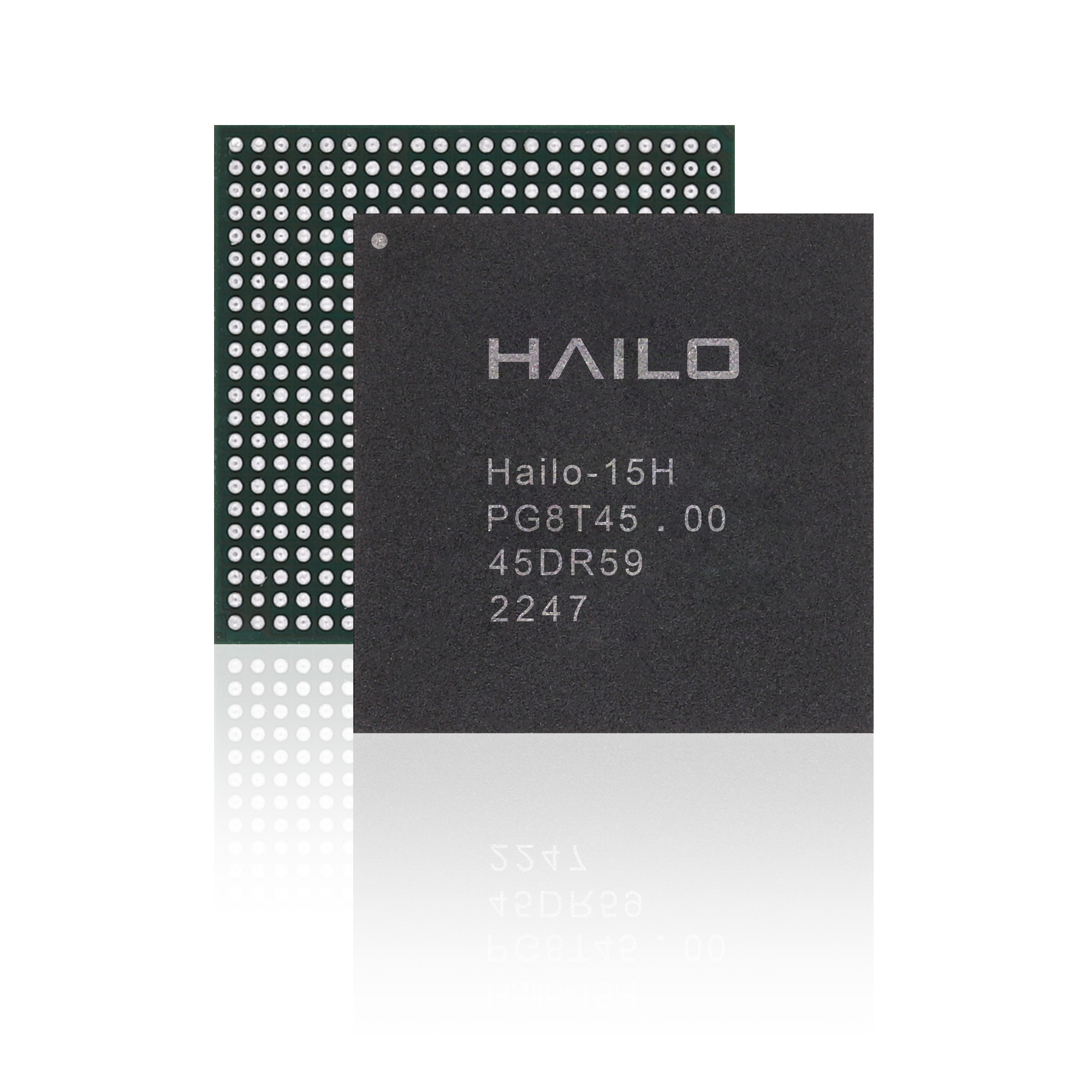
Early applications of Hailo-10 GenAI accelerators will be targeting PCs and automotive infotainment systems, empowering current and future CPUs that cannot by themselves power the chatbots, copilots, personal assistants, and speech-operated operating systems that have become standard today. Hailo will begin shipping samples of the Hailo-10 GenAI accelerator in Q2 of 2024.
“Whether users employ GenAI to automate real-time translation or summarization services, generate software code, or images and videos from text prompts, Hailo-10 lets them do it directly on their PCs or other edge systems, without straining the CPU or draining the battery,” Danon concluded.
Since its founding in Israel in 2017, Hailo has become a leading global supplier of intelligent AI chips that serves more than 300 customers around the world. The company has offices in the United States, Europe, Japan, South Korea, China, and Taiwan.
For more information about Hailo’s AI processors for edge devices, visit www.hailo.ai. Hailo will be present at the Embedded World exhibition in Nuremberg, April 9-11, Booth 126, Hall 1, and at the ISC West exhibition in Las Vegas, April 10-12, Booth #31065. To schedule a meeting with Hailo at these events visit: https://hailo.ai/company-overview/newsroom/


